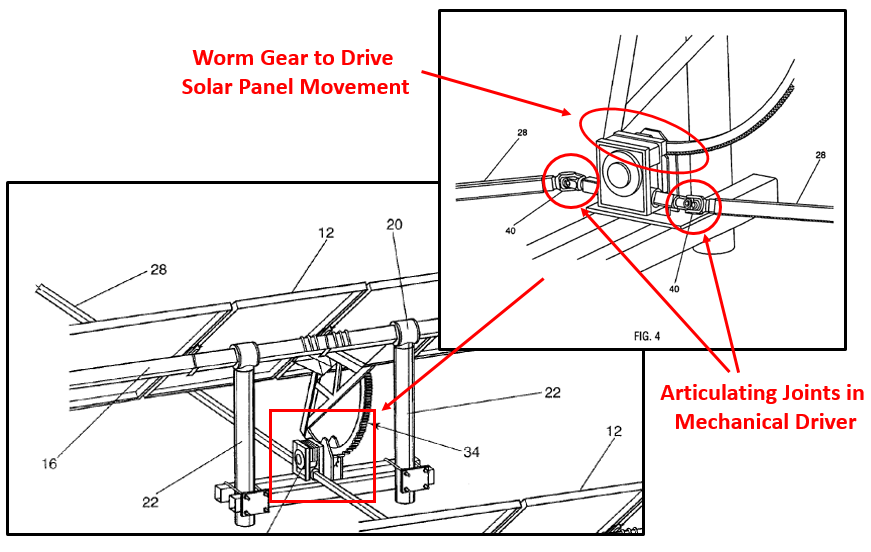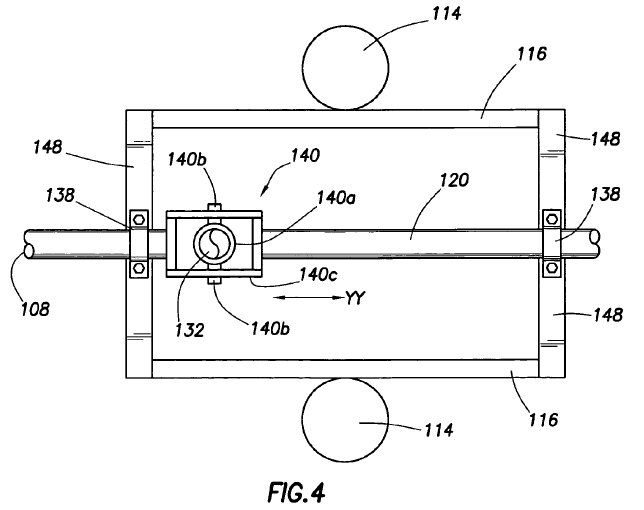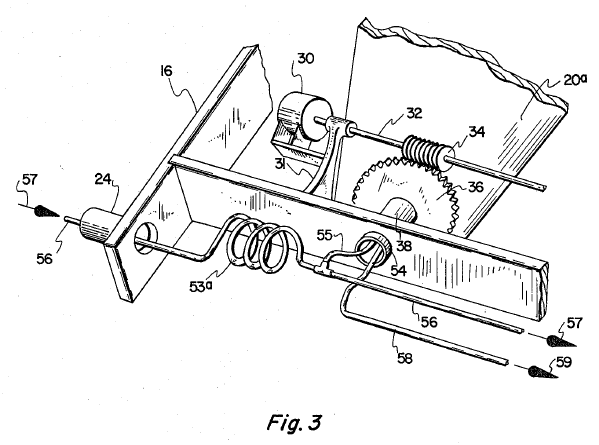- A solar tracking patent owned by Array Technologies survived a challenged brought by ArcelorMittal before the Patent Trial and Appeal Board.
- Array Technologies had previously brought infringement claims against a solar tracking company called Exosun. ArcelorMittal later bought assets from Exosun, which may have prompted ArcelorMittal’s challenge to the Array Technologies patent.
A solar tracking patent owned by Array Technologies, Inc. was upheld as patentable in a final decision issued by the Patent Trial and Appeal Board earlier this month. The validity of the patent had been challenged by international steel and manufacturing giant ArcelorMittal in a petition filed with the Board in March 2018. After reviewing that petition and hearing arguments from both sides in the case, the Board has determined that the claimed invention of the solar tracking patent is both new and non-obvious over solar tracking technology at the time the invention was made. The Board therefore upheld the patentability of Array’s patent.
Array’s U.S. Patent No. 8,459,249 is directed to an improved single-axis solar tracking system that allows solar panels to follow the motion of the sun throughout the day. Single-axis tracking systems most commonly move solar panels from an east-facing orientation early in the day to a west-facing orientation later in the day, as shown in the below image:
The ‘249 Patent asserts that there is a significant weakness in the solar tracking array shown above: when solar panels are subjected to windy conditions, the forces acting on the panels are essentially concentrated at the mechanical linkage circled in red. As a result, solar tracking arrays of the type shown above must be constructed with large, robust, and expensive mechanical linkages. The ‘249 Patent also notes that these arrays require strict alignment between rows of panels to ensure that the mechanical linkages are able to couple multiple rows together.
To overcome these weaknesses, the ‘249 Patent proposes coupling the array’s mechanical driver to each solar panel with a device called a worm gear. Worm gears are effective to drive the motion of the solar panel, but do not generally translate wind forces back to the mechanical driver. The ‘249 Patent also proposed the use of articulating joints between solar panels to compensate for non-aligning units. An annotated figure from the ‘249 Patent shows the worm gear and articulating joints:
Annotated Figure 1A (excerpt) and Figure 4 of the ‘249 Patent
ArcelorMittal had challenged the ‘249 Patent as unpatenably obvious when considering several existing references that showed the state of solar tracking technology at the time of the claimed invention. These references included “Mackamul,” which teaches a solar tracking array with a linear actuator, and “Johnson,” which teaches a motor-drive worm gear:
Mackamul’s Linear Actuator
Johnson’s Worm Gear
ArcelorMittal argued that the disclosures of the Macakmul and Johnson references could be combined to arrive at the claimed invention of the ‘249 Patent. After hearing expert testimony and arguments from ArcelorMittal and Array, the Board disagreed. The Board found that ArcelorMittal has failed to demonstrate that Mackamul and Johnson could be combined, namely because Mackamul’s solar tracking array would only function through linear motion provided by the linear actuator while Johnson’s motor-driven gear provides rotational motion. The Board found that combining Mackamul and Johnson would not have produced the solar tracker claimed by the ‘249 Patent and, as a result, the claimed invention of the ‘249 Patent was patentable over Mackamul and Johnson.
Array had previously asserted the ‘249 Patent against Exosun Inc., a worldwide provider of solar tracking arrays, in a patent infringement lawsuit filed in August 2017. This lawsuit may have prompted the ArcelorMittal challenge to the ‘249 Patent, since ArcelorMittal purchased assets in early 2018 from Exosun SAS (the French parent company of Exosun Inc.). Array eventually won a default judgment in excess of $1M against Exosun Inc.
ArcelorMittal may now attempt to appeal this final decision to the U.S. Court of Appeals for the Federal Circuit. Absent an appeal and reversal, Array’s ‘249 Patent will survive the challenge to its validity and may continue to be asserted against competitors.



